Home>Home Appliances>Heating & Cooling>How To Turn On Central Heating
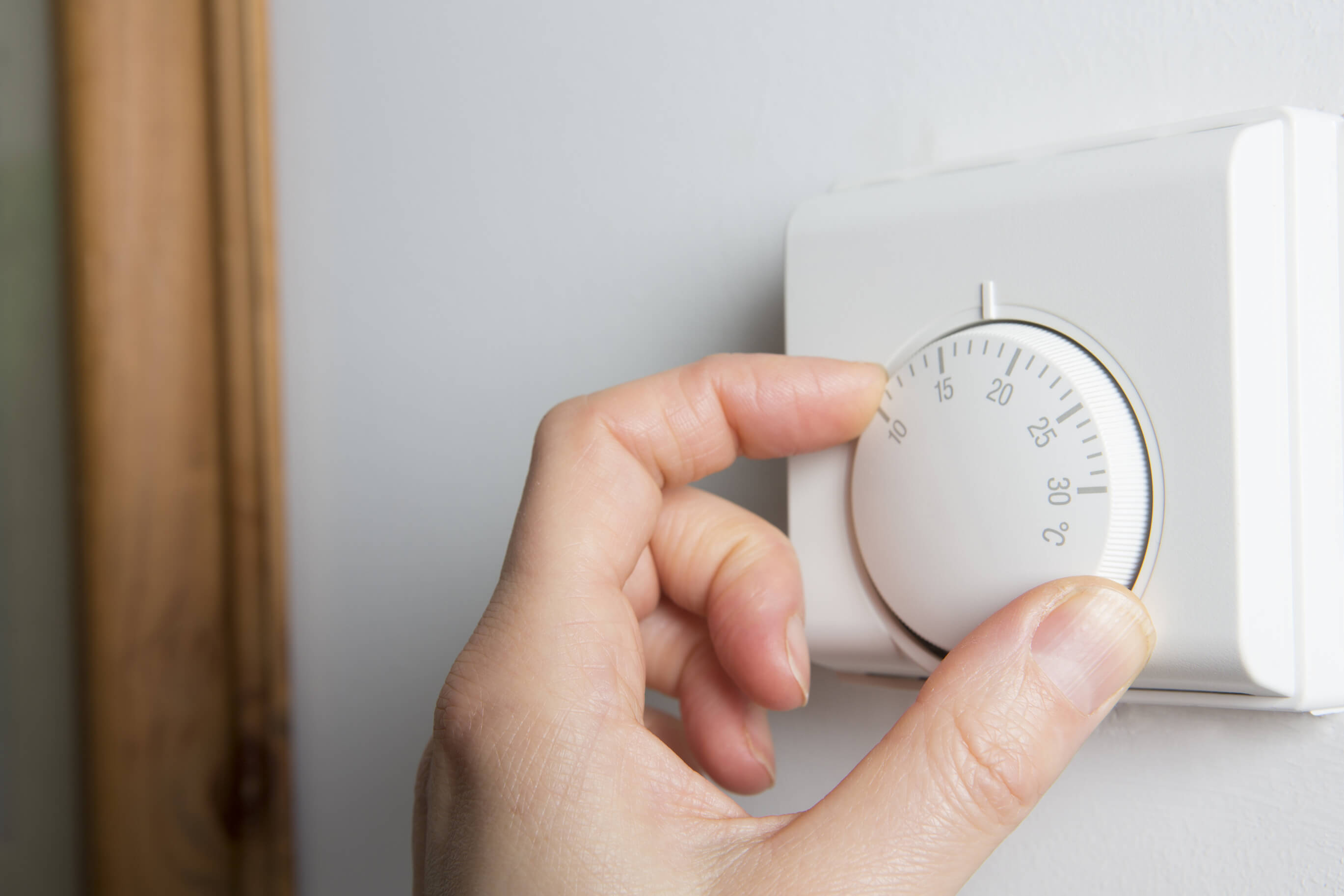

Heating & Cooling
How To Turn On Central Heating
Published: February 14, 2024
Learn how to efficiently turn on your central heating system and maintain a comfortable indoor temperature with our expert heating and cooling tips. Discover the best practices for heating and cooling your home.
(Many of the links in this article redirect to a specific reviewed product. Your purchase of these products through affiliate links helps to generate commission for Storables.com, at no extra cost. Learn more)
Introduction
Central heating systems are essential for maintaining a comfortable and cozy indoor environment, especially during the colder months. Whether you're a homeowner or a renter, understanding how to operate your central heating system is crucial for ensuring a warm and inviting living space. In this comprehensive guide, we will delve into the intricacies of central heating, providing you with valuable insights on how to effectively turn on your system and troubleshoot common issues.
By gaining a deeper understanding of your central heating system, you'll be better equipped to optimize its performance and address any potential concerns that may arise. From familiarizing yourself with the various components of the system to mastering the art of adjusting the thermostat, this guide will empower you to take control of your indoor climate with confidence.
So, whether you're preparing for the onset of winter or simply seeking to enhance your knowledge of home heating systems, join us as we embark on a journey to unlock the secrets of efficient and reliable central heating. Let's dive into the world of warmth and comfort, where the chill of winter is no match for a well-maintained and properly operated central heating system.
Key Takeaways:
- Mastering the art of turning on and troubleshooting your central heating system empowers you to create a warm and inviting indoor environment, regardless of the outdoor temperature. Regular maintenance and proactive troubleshooting are key to ensuring uninterrupted warmth and comfort for your home.
- Understanding the key components and functionality of your central heating system allows you to optimize its performance and address common issues effectively. By familiarizing yourself with common problems and their solutions, you can minimize disruptions and maximize the performance of your central heating system.
Read more: How To Turn Off Central Heating
Understanding Your Central Heating System
Central heating systems are designed to distribute warmth throughout a building, ensuring a comfortable indoor environment regardless of the outdoor temperature. Understanding the key components and functionality of your central heating system is essential for efficient operation and maintenance.
Components of a Central Heating System
-
Boiler: The heart of the central heating system, the boiler is responsible for heating water, which is then circulated through the radiators or underfloor heating system.
-
Thermostat: This device allows you to control the temperature within your home by regulating the operation of the heating system.
-
Radiators: These heat exchangers are positioned in various rooms and spaces within the building to emit heat and warm the surrounding air.
-
Pipework: The network of pipes facilitates the flow of hot water from the boiler to the radiators and back, ensuring consistent heating throughout the building.
-
Expansion Tank: This component allows for the expansion and contraction of water within the system, helping to maintain optimal pressure levels.
-
Pump: Responsible for circulating hot water from the boiler to the radiators, the pump plays a crucial role in ensuring efficient heat distribution.
Functionality of a Central Heating System
Central heating systems operate by heating water in the boiler and then distributing it throughout the building via the pipework. The heated water flows through the radiators, transferring heat to the surrounding air. As the air warms up, it circulates throughout the room, creating a comfortable and consistent temperature.
Types of Central Heating Systems
-
Wet Central Heating System: This is the most common type, where hot water is circulated through radiators or underfloor heating systems.
-
Warm Air System: In this system, warm air is circulated through ducts and vents to heat the building.
-
Electric Storage Heating: This system utilizes off-peak electricity to heat internal bricks within storage heaters, which then release the stored heat gradually.
Understanding the intricacies of your central heating system empowers you to make informed decisions regarding its operation and maintenance. With this knowledge, you can effectively troubleshoot issues, optimize energy efficiency, and ensure a warm and inviting indoor environment for all occupants.
Turning On Your Central Heating
Turning on your central heating system is a straightforward process that begins with ensuring that all necessary components are functioning optimally. Before the colder months set in, it's advisable to conduct a thorough inspection of your heating system to address any potential issues and ensure seamless operation when the time comes to activate it. Here's a step-by-step guide to help you turn on your central heating system effectively:
-
Check the Thermostat: Start by checking the thermostat to ensure that it's set to the desired temperature. If your thermostat is programmable, you can schedule heating cycles to align with your daily routine, optimizing energy usage and comfort.
-
Inspect the Boiler: Verify that the boiler is in good working condition and that there are no error codes or warning lights indicating a malfunction. It's essential to address any boiler issues promptly to prevent disruptions to your heating system.
-
Bleed the Radiators: If you notice that certain radiators are not heating up as expected, they may have trapped air, which can hinder their performance. By bleeding the radiators, you can release any trapped air, allowing hot water to circulate freely and heat the entire radiator surface.
-
Turn On the Boiler: Once you've completed the necessary checks and maintenance tasks, it's time to turn on the boiler. Depending on the type of central heating system you have, you may need to follow specific procedures to activate the boiler and initiate the heating cycle.
-
Monitor the Heating Cycle: As the boiler starts operating, monitor the heating cycle to ensure that hot water is circulating through the radiators effectively. Pay attention to any unusual noises or fluctuations in heating performance, as these may indicate underlying issues that require attention.
-
Adjust the Thermostat Settings: Once the heating cycle is underway, you can fine-tune the thermostat settings to achieve the desired indoor temperature. It's important to strike a balance between comfort and energy efficiency, optimizing your heating system's performance while minimizing energy consumption.
By following these steps, you can confidently turn on your central heating system and enjoy a warm and inviting indoor environment throughout the colder months. Regular maintenance and proactive troubleshooting are key to ensuring that your heating system operates efficiently and reliably, providing comfort and peace of mind for you and your household.
Troubleshooting Common Issues
Central heating systems, like any complex mechanical system, may encounter common issues that can affect their performance. Being able to identify and troubleshoot these issues is essential for maintaining a comfortable indoor environment. Here are some common problems you may encounter with your central heating system and how to address them:
1. Uneven Heating:
- Cause: Uneven heating in different areas of your home can be due to trapped air in the radiators, a faulty pump, or an imbalance in the heating system.
- Solution: Bleed the radiators to release trapped air, ensuring that each radiator heats up uniformly. Additionally, check the pump to ensure it is functioning correctly and consider balancing the heating system to distribute heat more evenly.
2. No Hot Water:
- Cause: If your central heating system is not producing hot water, it could be due to a variety of reasons, such as a faulty diverter valve, airlocks, or a malfunctioning thermostat.
- Solution: Check for airlocks in the pipes and bleed them if necessary. Verify that the diverter valve is functioning properly and that the thermostat is set to the appropriate temperature. If the issue persists, it may require professional inspection and repair.
Read more: What Is Central Heating
3. Boiler Noise:
- Cause: Unusual noises emanating from the boiler, such as banging or whistling, may indicate issues with the water pressure, air in the system, or limescale buildup.
- Solution: Check the water pressure and bleed the radiators to release any trapped air. If limescale buildup is suspected, consider descaling the boiler or seeking professional maintenance to address the issue.
4. Thermostat Malfunction:
- Cause: A malfunctioning thermostat can lead to inaccurate temperature readings and improper heating cycles.
- Solution: Verify that the thermostat is powered and functioning correctly. Replace the batteries if necessary and recalibrate the thermostat to ensure accurate temperature control.
5. Pilot Light Outage:
- Cause: If the pilot light on your boiler goes out, it may be due to issues with the gas supply, thermocouple, or air circulation.
- Solution: Follow the manufacturer's instructions to relight the pilot light, ensuring that the gas supply is uninterrupted and that the thermocouple is positioned correctly. If the pilot light continues to extinguish, seek professional assistance to diagnose and resolve the underlying cause.
By addressing these common issues proactively and seeking professional assistance when needed, you can ensure that your central heating system operates reliably and efficiently, providing consistent warmth and comfort for your home. Regular maintenance and prompt troubleshooting are key to maximizing the lifespan and performance of your heating system.
Conclusion
In conclusion, mastering the art of turning on and troubleshooting your central heating system is a valuable skill that empowers you to create a warm and inviting indoor environment, regardless of the outdoor temperature. By understanding the key components and functionality of your central heating system, you gain insight into its operation and maintenance, allowing you to optimize its performance and address common issues effectively.
As you embark on the journey of central heating mastery, remember that regular maintenance is essential for ensuring the seamless operation of your heating system. Conducting routine checks, such as inspecting the thermostat, bleeding the radiators, and monitoring the boiler, can help identify and address potential issues before they escalate, ensuring uninterrupted warmth and comfort for your home.
Furthermore, proactive troubleshooting of common central heating issues, such as uneven heating, no hot water, boiler noise, thermostat malfunction, and pilot light outage, enables you to maintain the efficiency and reliability of your heating system. By familiarizing yourself with these common problems and their solutions, you can take proactive measures to address them, minimizing disruptions and maximizing the performance of your central heating system.
In the ever-evolving landscape of home heating technology, staying informed about the latest advancements and energy-efficient practices can further enhance the performance of your central heating system. Whether it's exploring smart thermostat options, optimizing heating schedules, or investing in energy-efficient upgrades, embracing innovation can elevate the comfort and sustainability of your indoor environment.
Ultimately, the ability to turn on and troubleshoot your central heating system empowers you to create a cozy and welcoming atmosphere for yourself and your loved ones. By combining knowledge, proactive maintenance, and a touch of innovation, you can ensure that your central heating system remains a reliable source of warmth and comfort, enriching your home life throughout the seasons.
As you continue to refine your central heating expertise, remember that a well-maintained and efficiently operated heating system not only provides physical warmth but also contributes to a sense of security and well-being within your home. Embrace the journey of central heating mastery, and let the comforting embrace of a well-regulated indoor climate enrich your daily life.
In the end, the warmth of home is not just a matter of temperature; it's a reflection of the care and attention you invest in creating a nurturing and comfortable living space. With your newfound knowledge and skills, may your central heating system continue to be a steadfast source of warmth, comfort, and peace within your home.
Frequently Asked Questions about How To Turn On Central Heating
Was this page helpful?
At Storables.com, we guarantee accurate and reliable information. Our content, validated by Expert Board Contributors, is crafted following stringent Editorial Policies. We're committed to providing you with well-researched, expert-backed insights for all your informational needs.
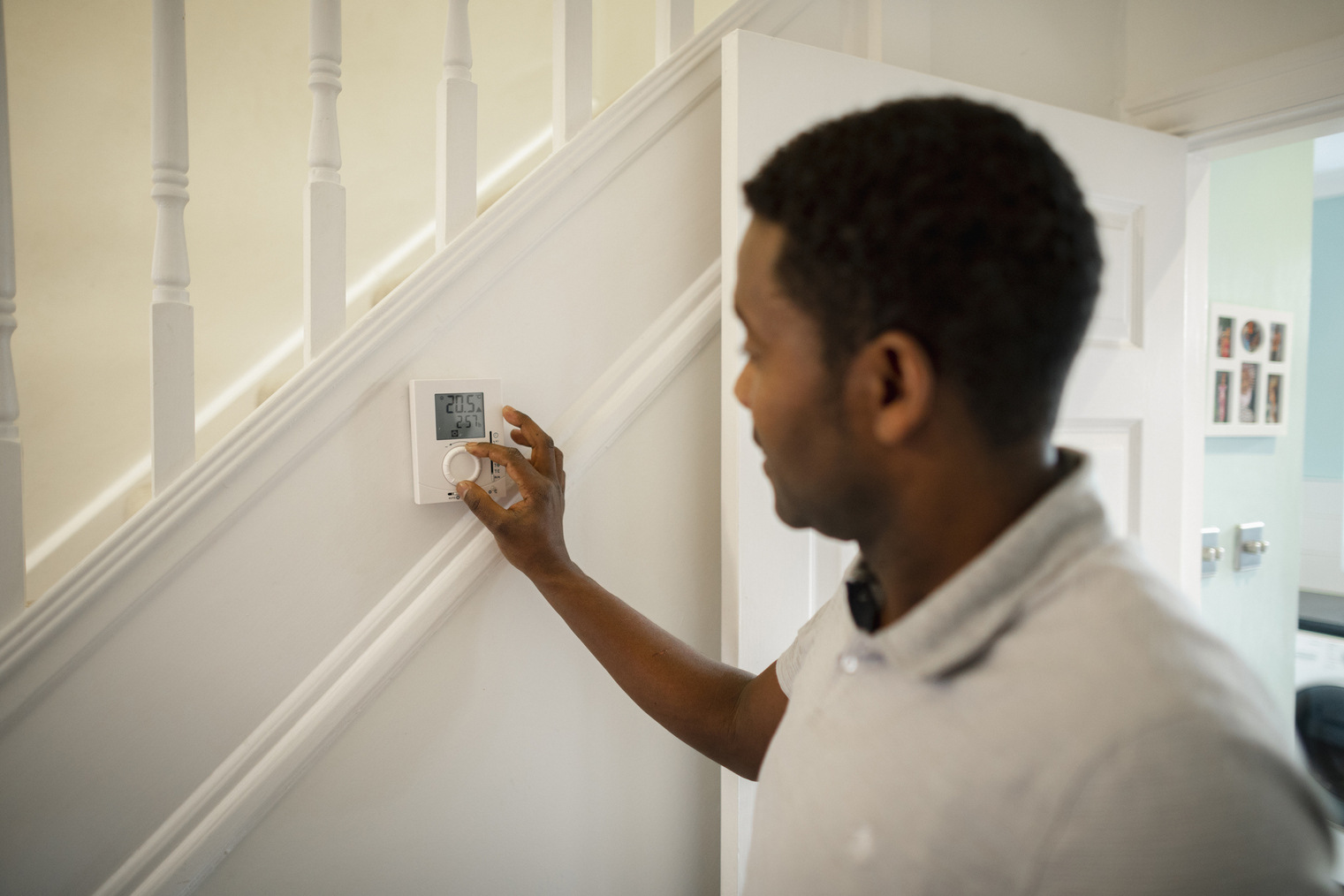
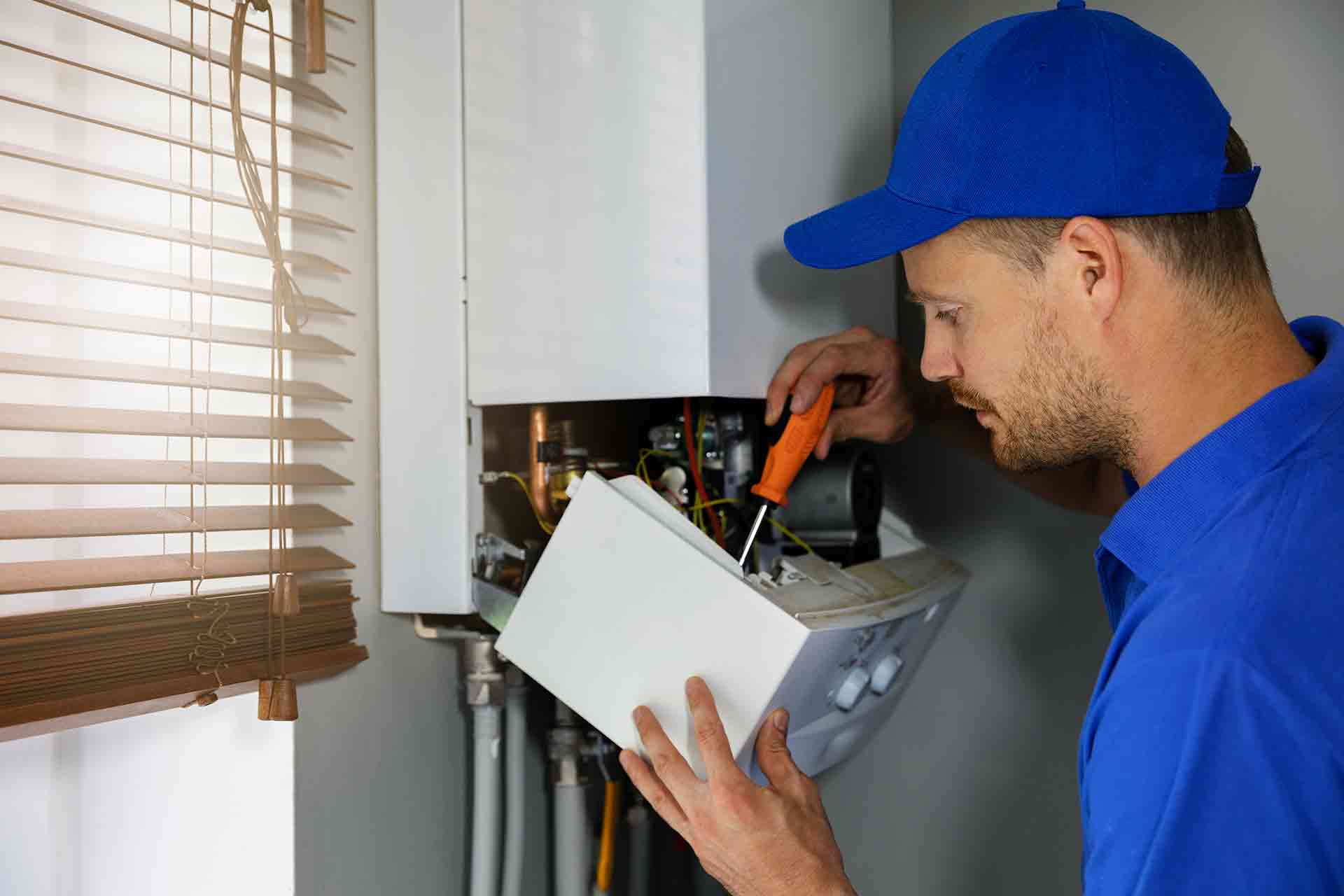
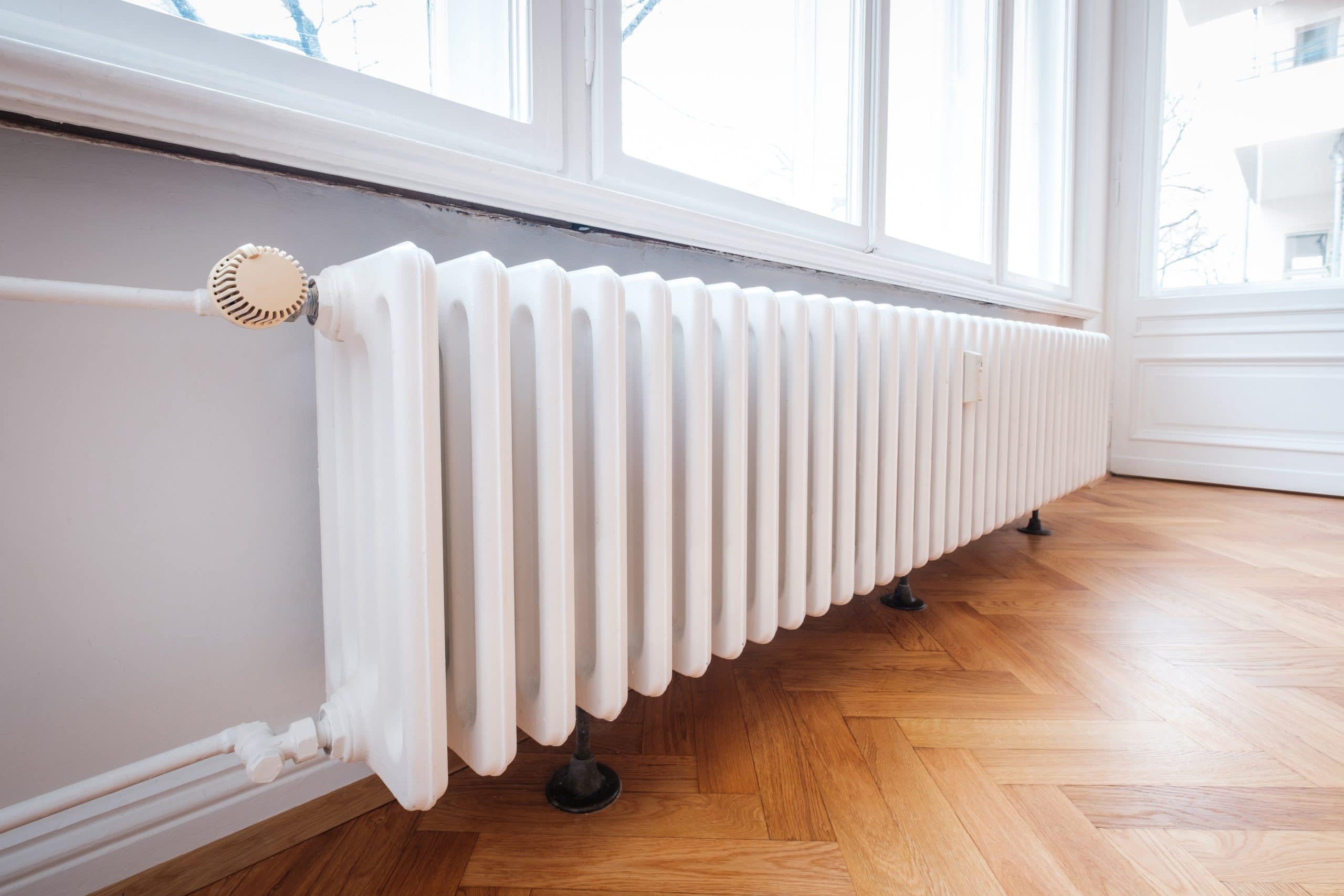
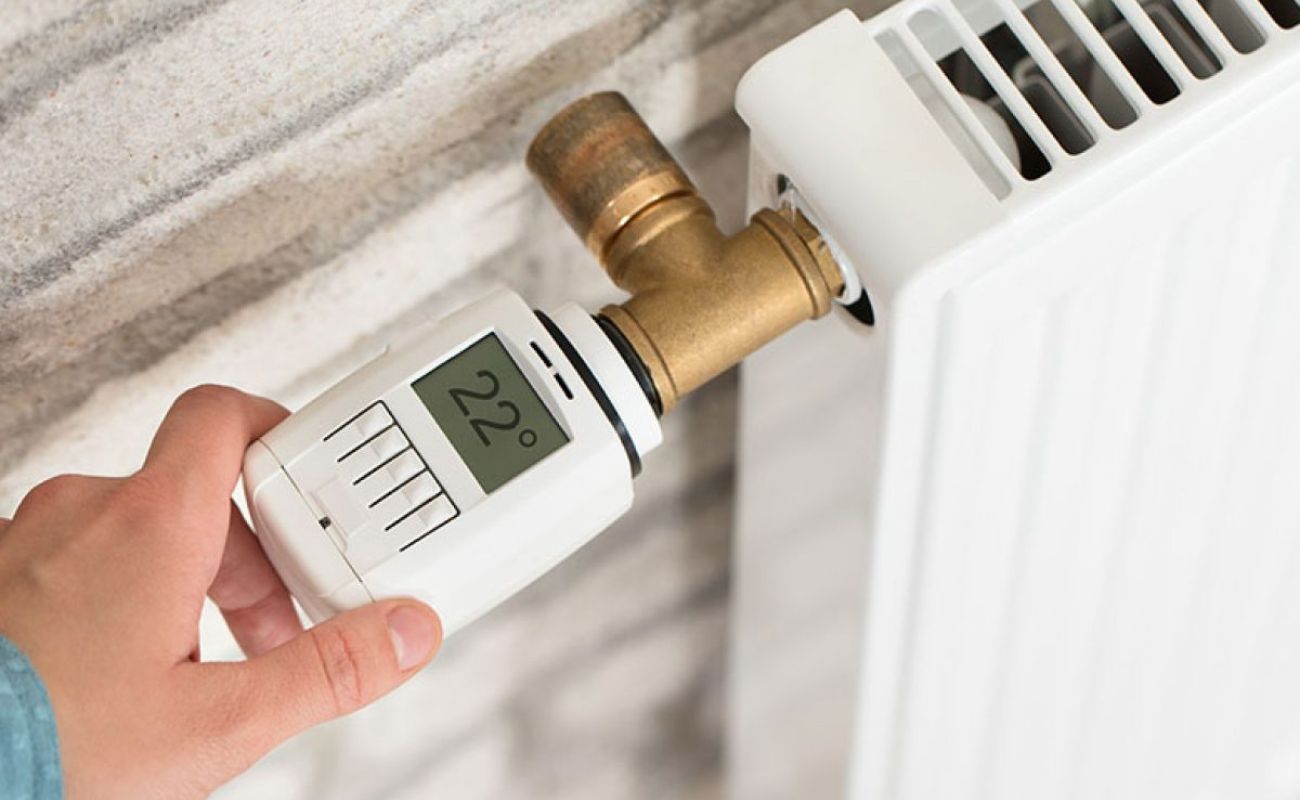
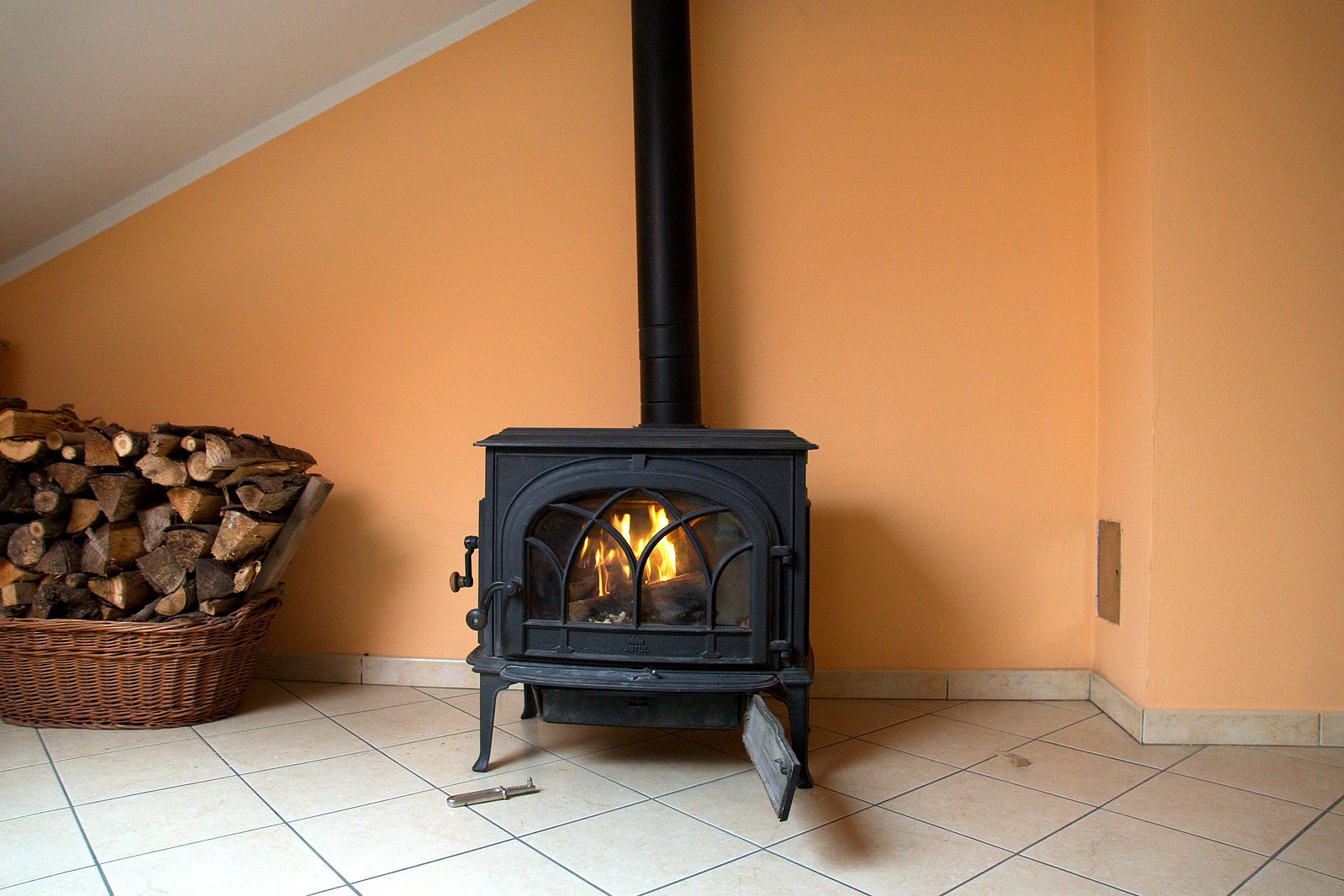
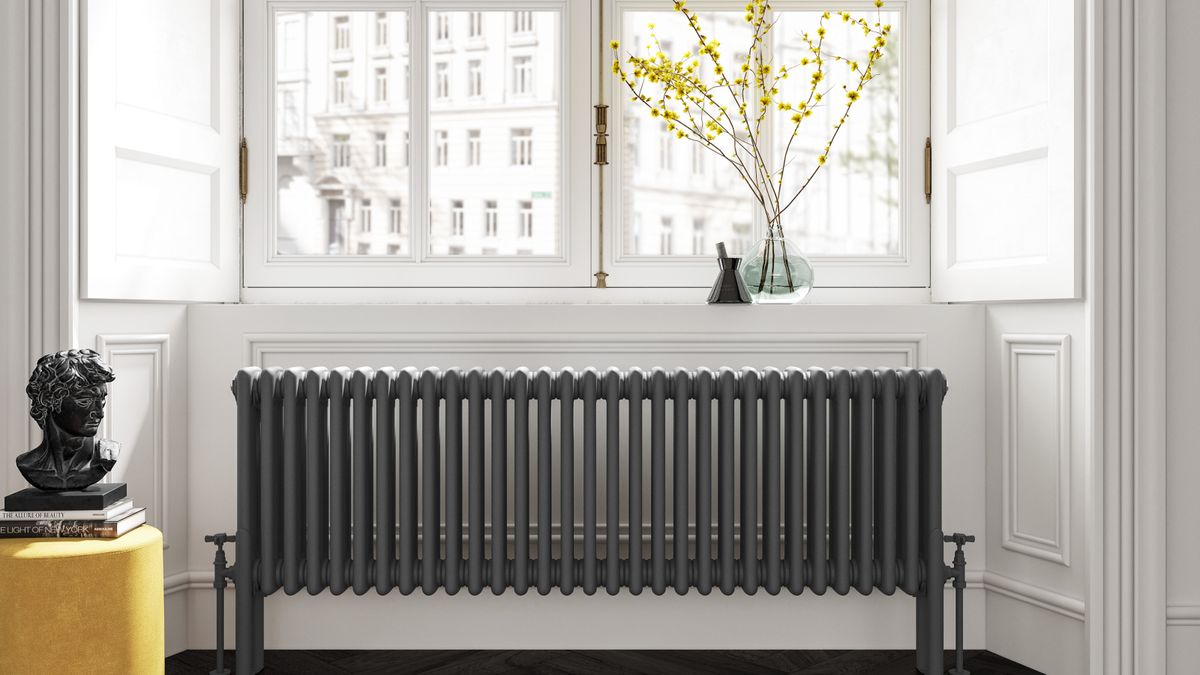
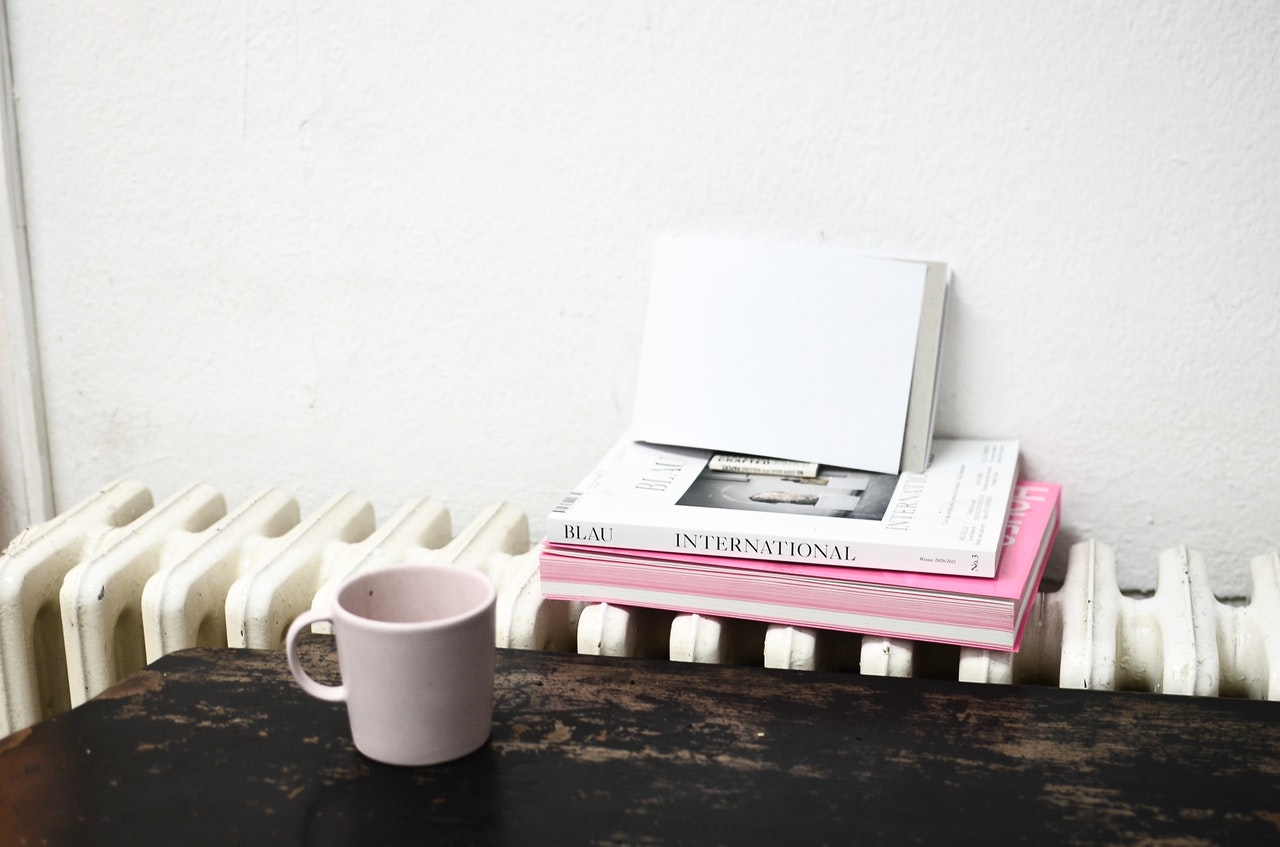
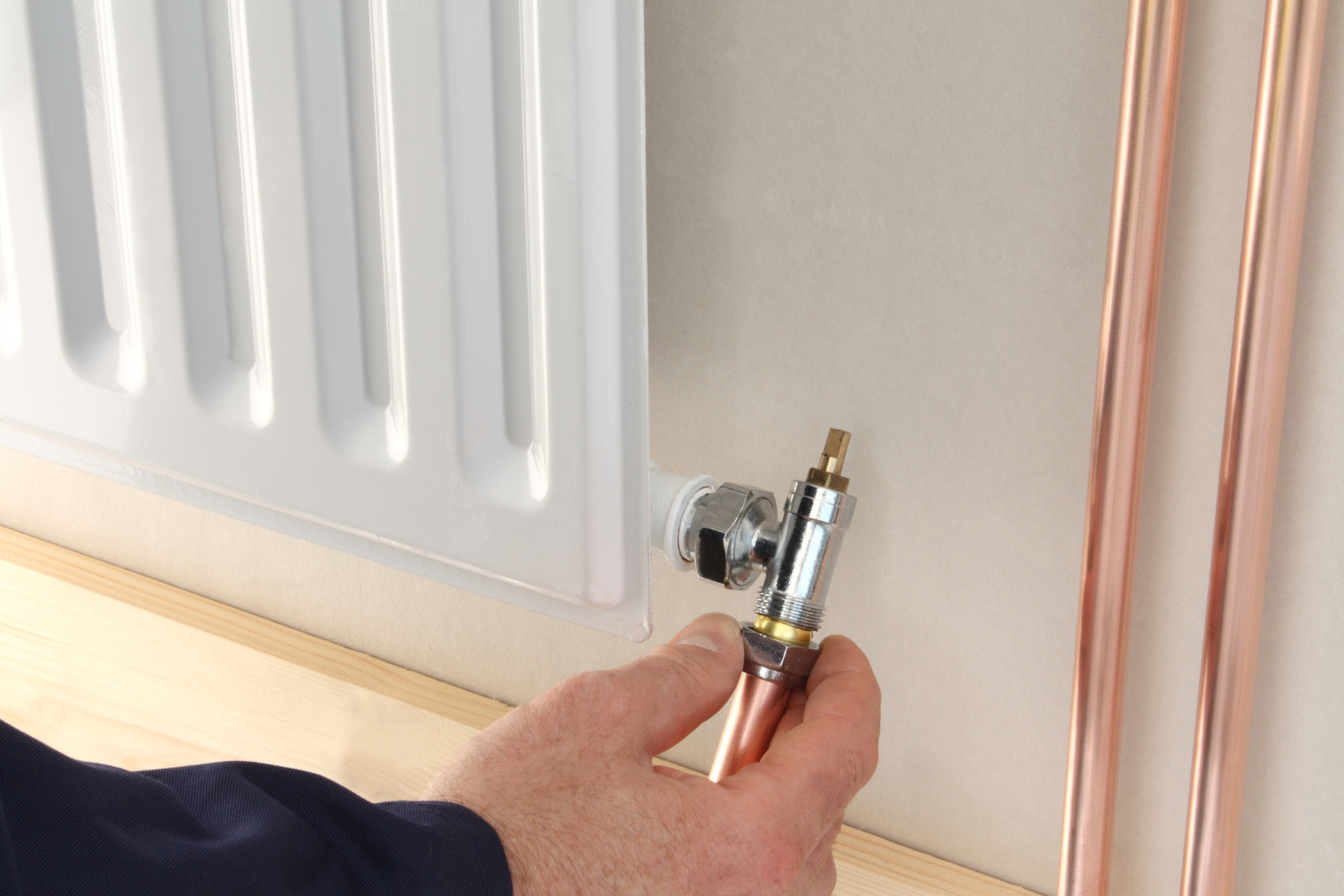
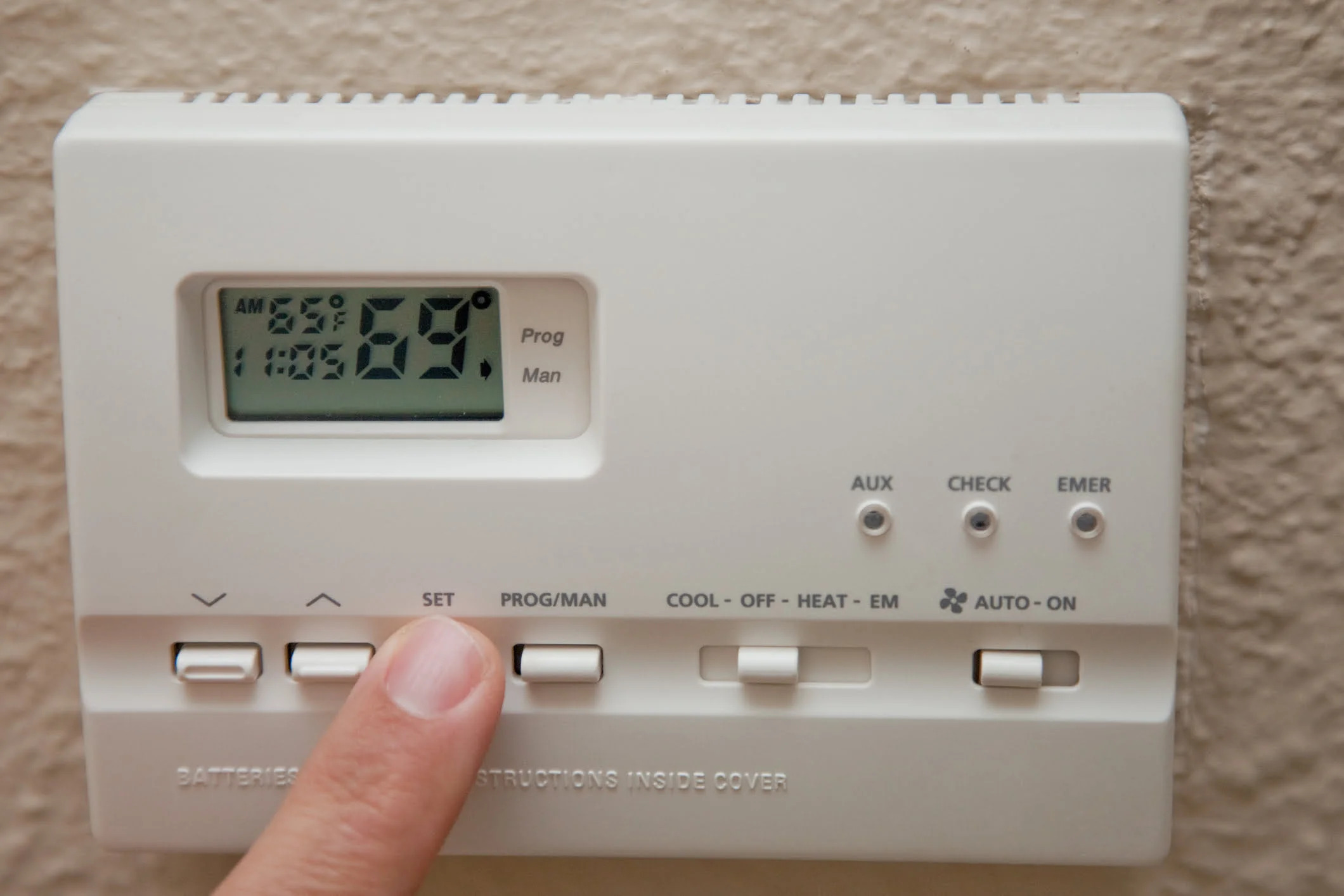
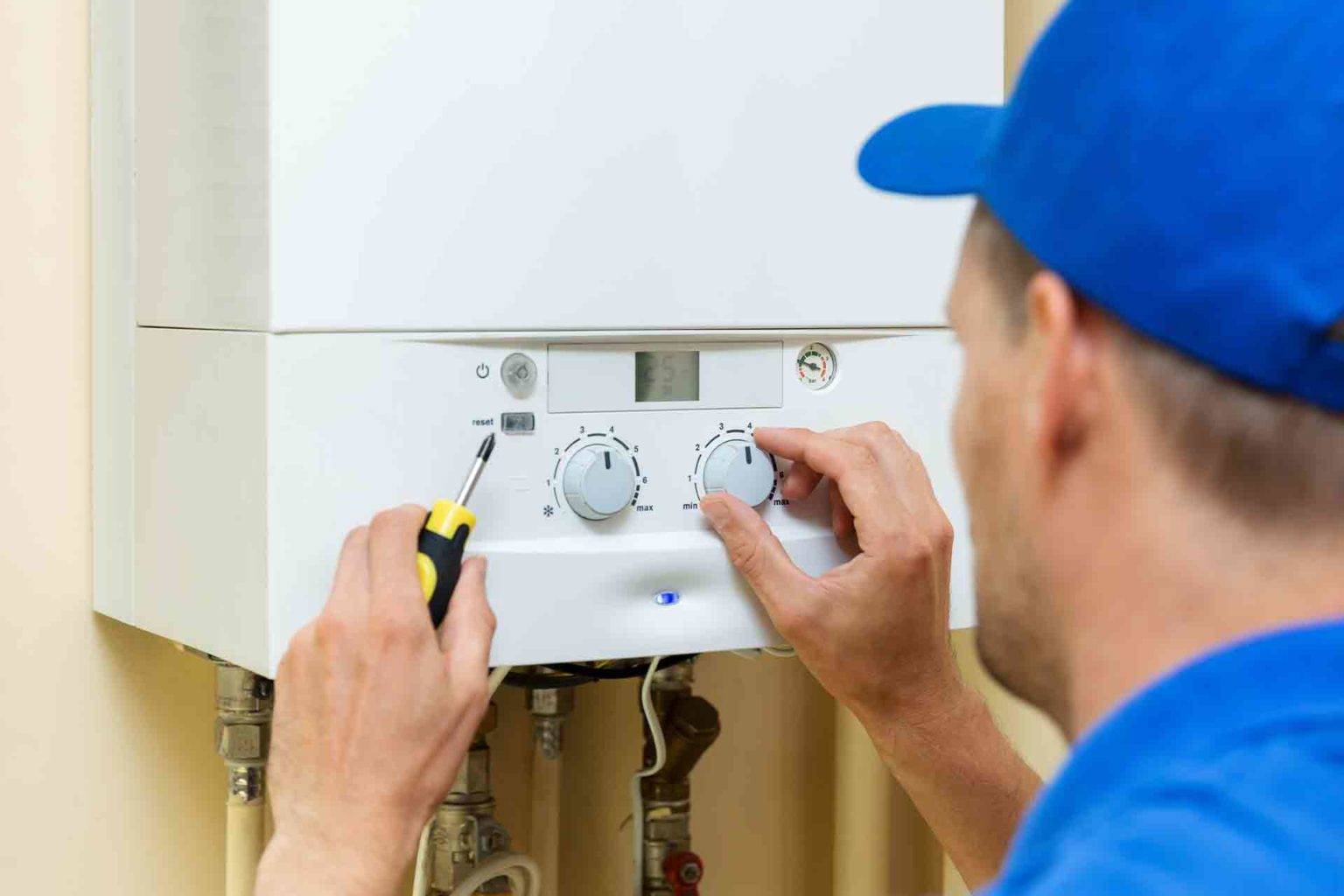
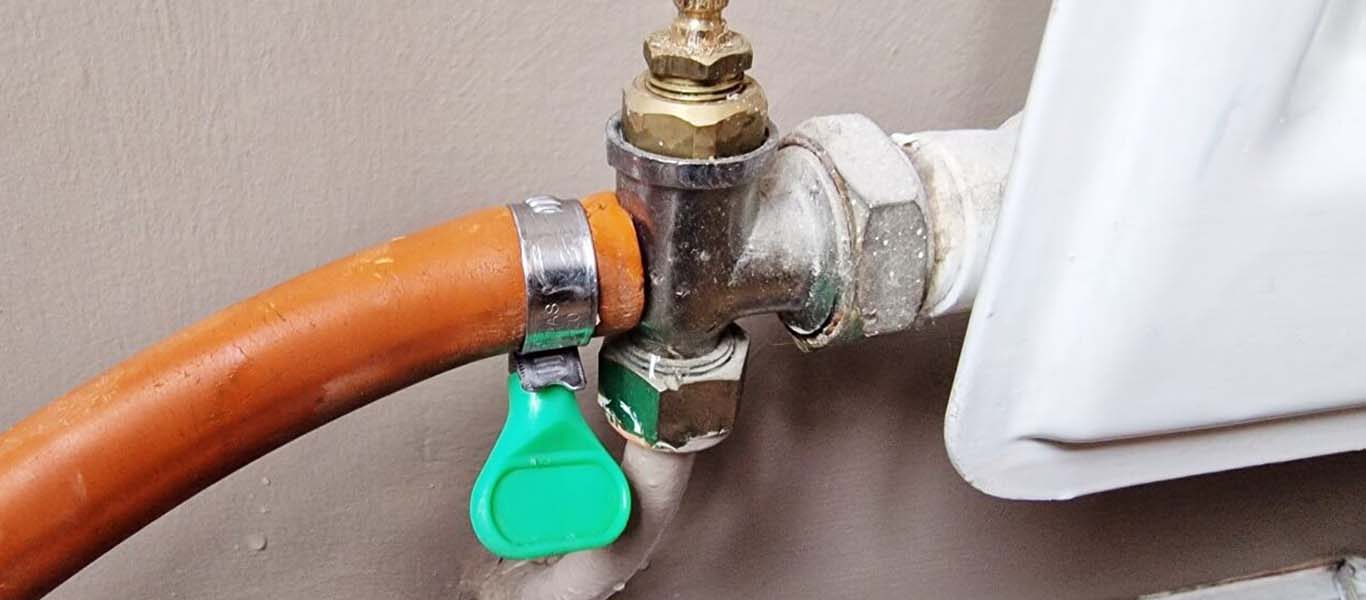
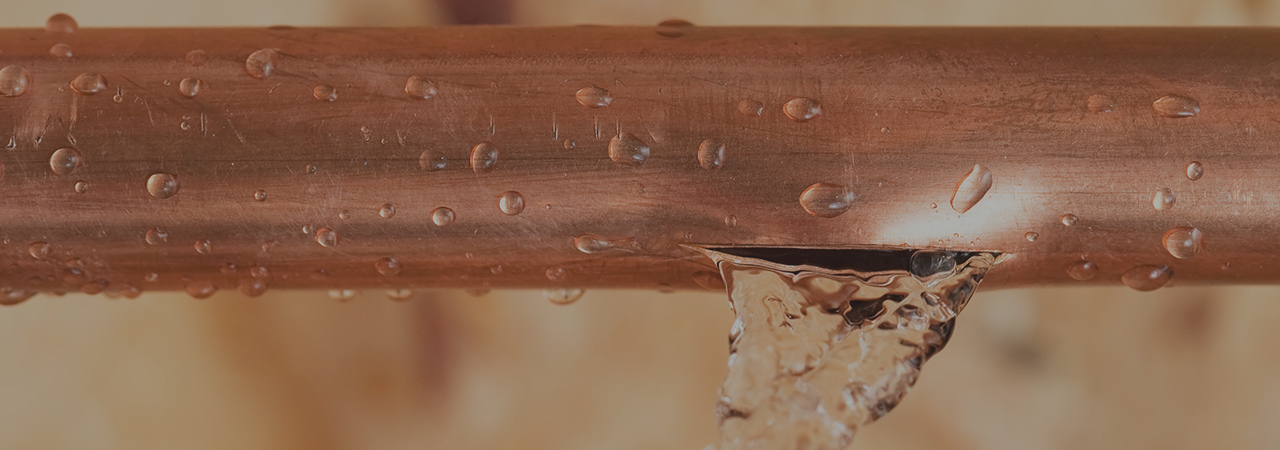
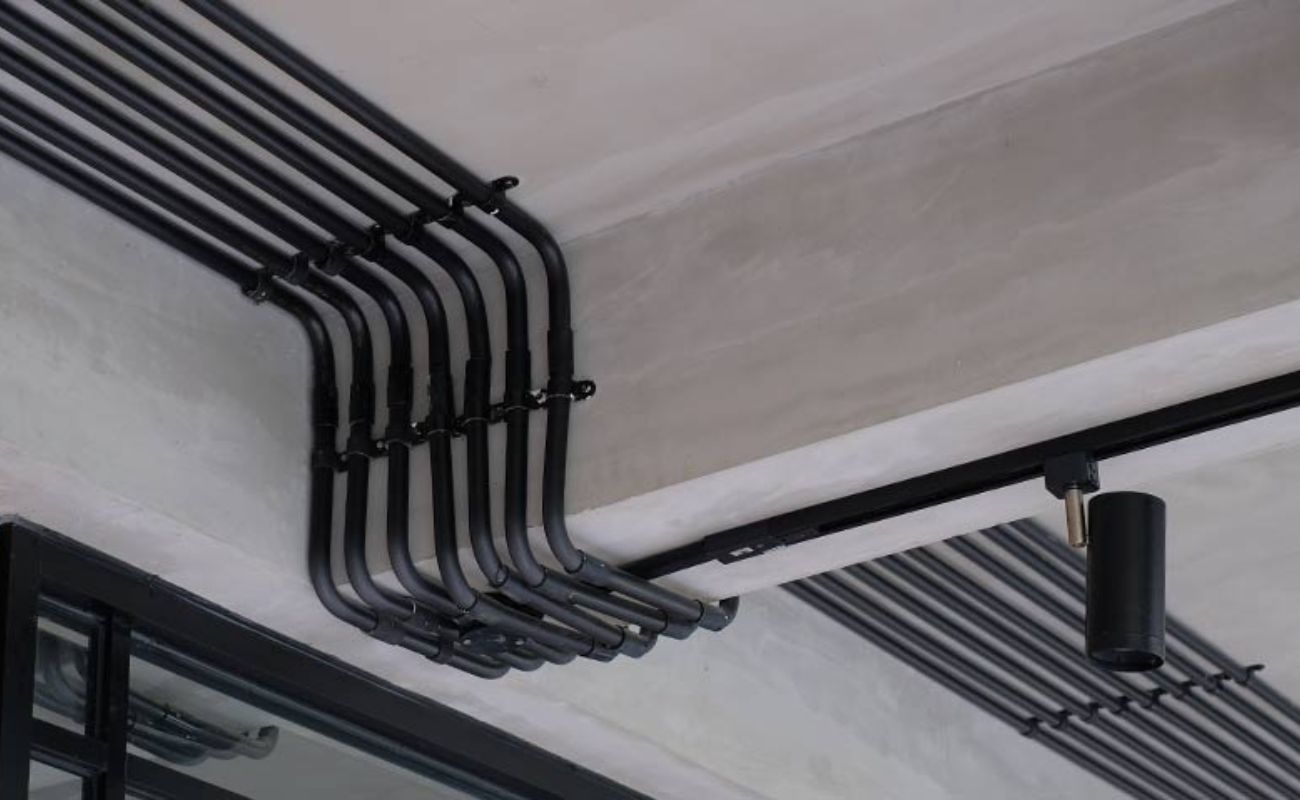

0 thoughts on “How To Turn On Central Heating”